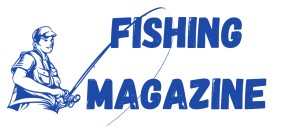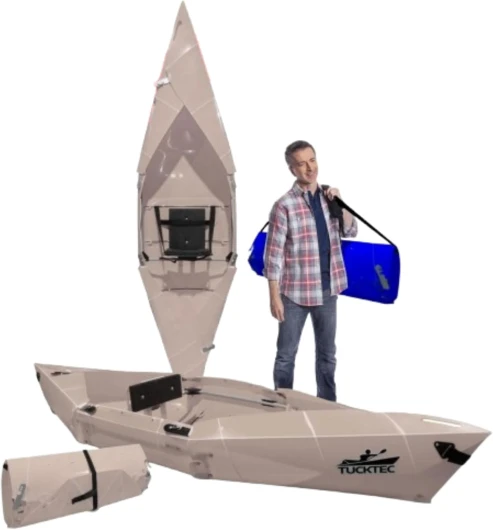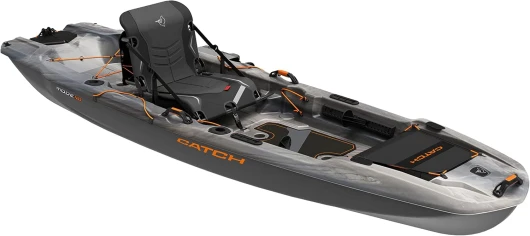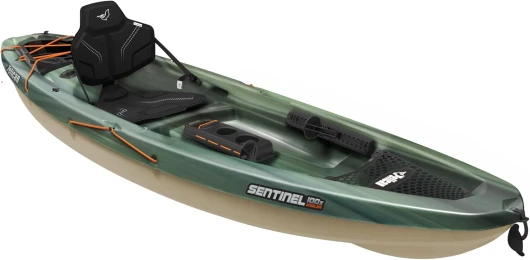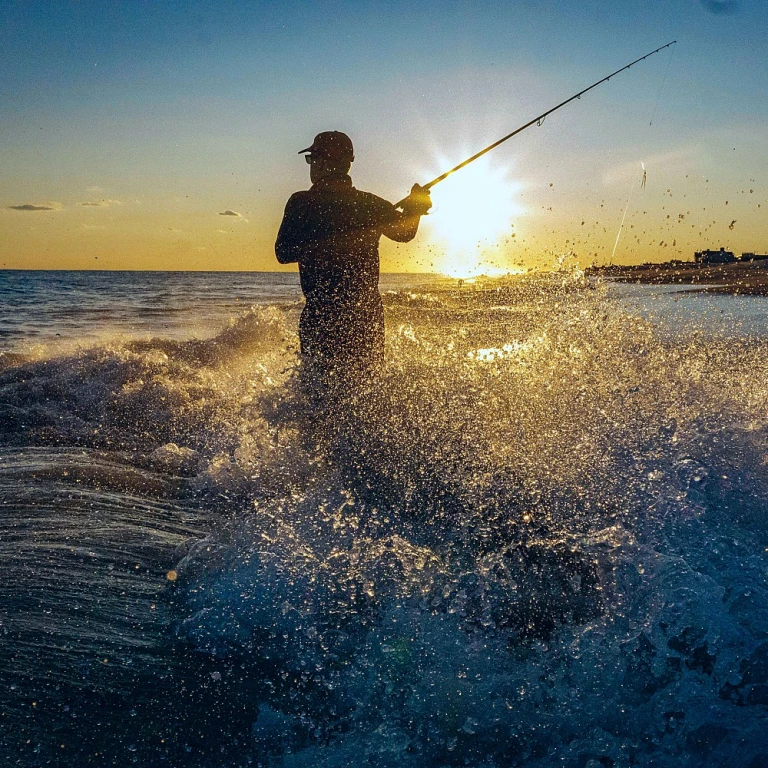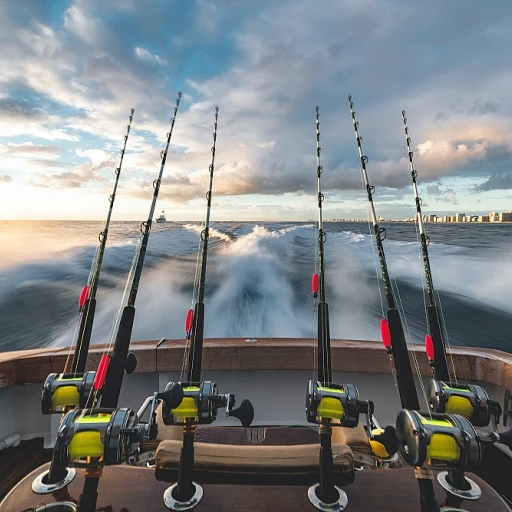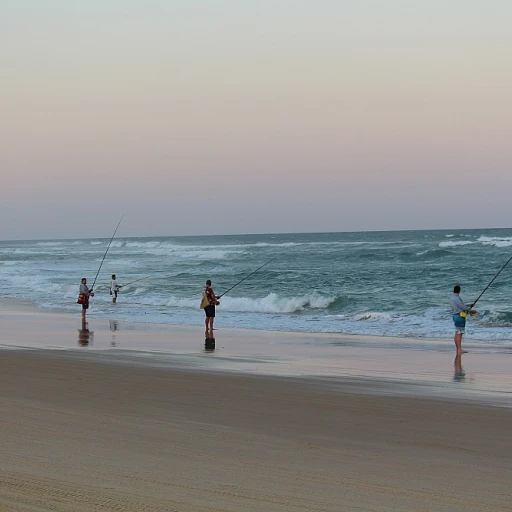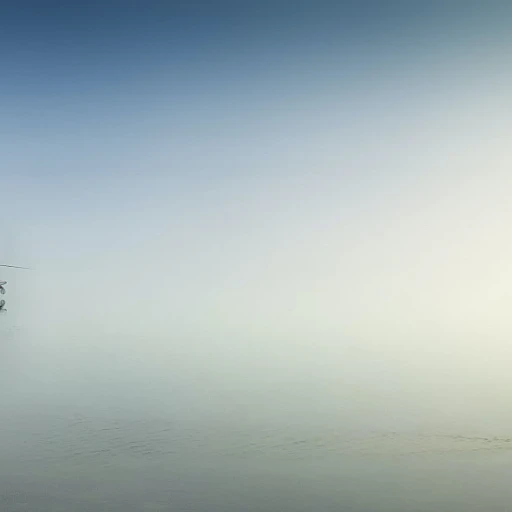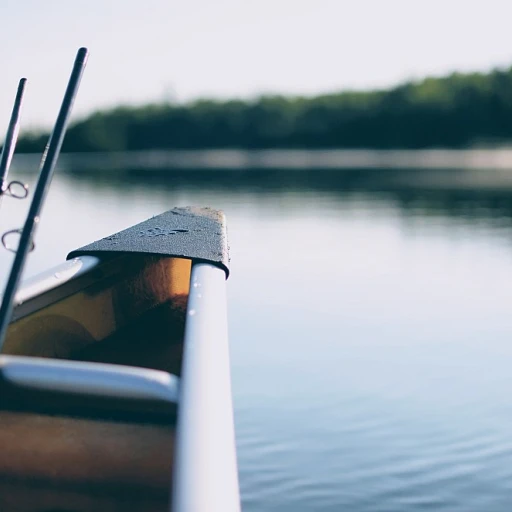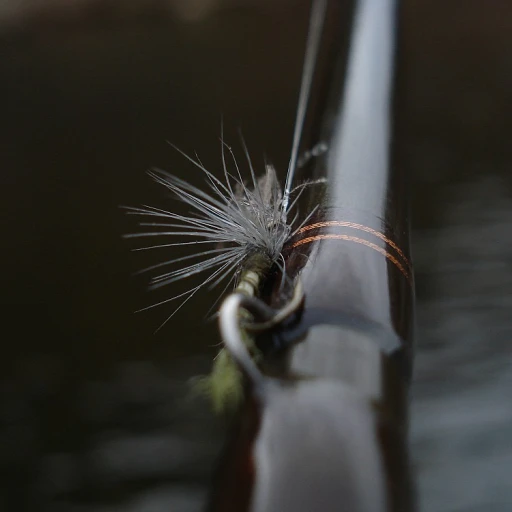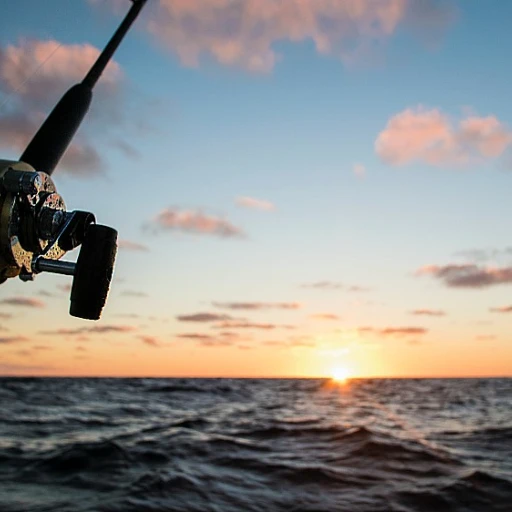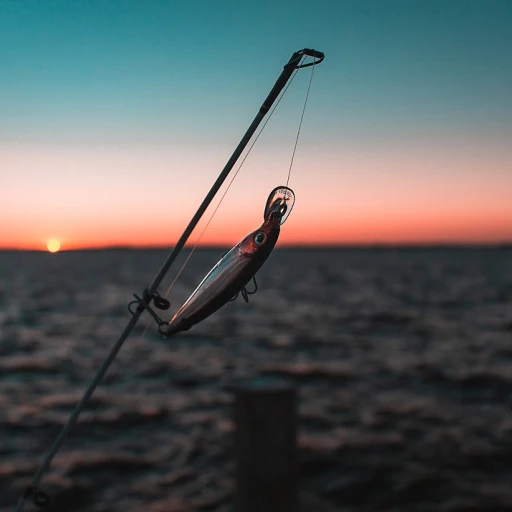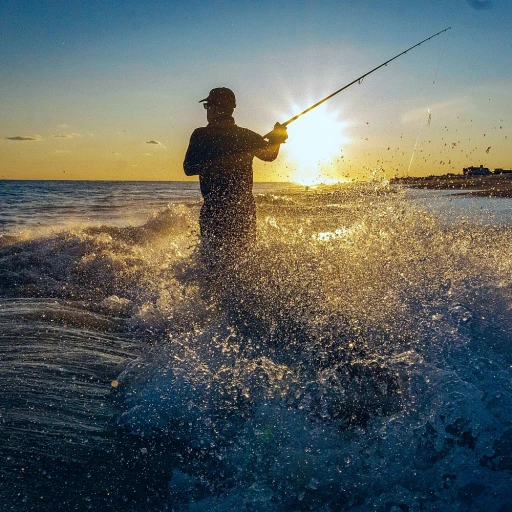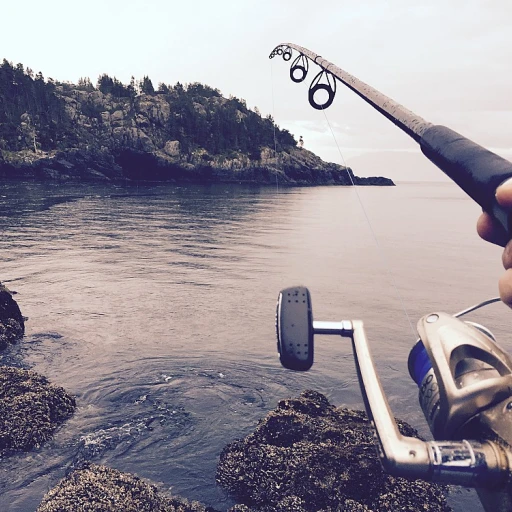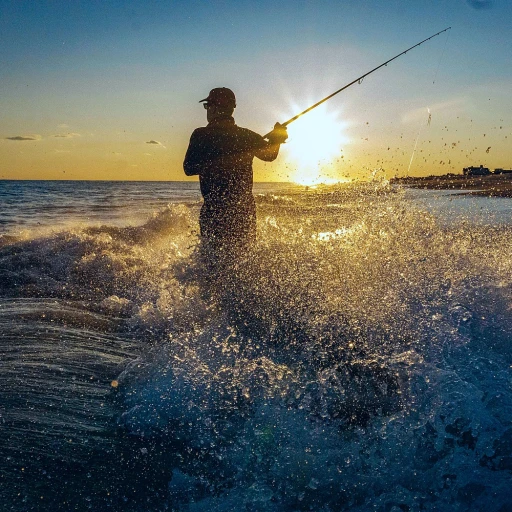
Understanding Waterway Barriers
Decoding the Mysteries of Waterway Obstacles
Waterway barriers are structures or natural formations that can significantly influence the environment fishermen navigate. Gaining an understanding of these barriers will not only inform your fishing strategy but also enhance safety and awareness during your adventures. Whether it's a natural rock formation or a man-made dam, waterway barriers come in various shapes and forms. They can drastically impact how you approach your fishing spot and the techniques you'll use (be sure to explore upcoming seasonal changes from New Jersey's fishing guidelines). Barriers like floating debris, dams, and designed systems implemented for safety and security can affect the water passage. These can result in changes to water level, flow rate, and fish movement, potentially impacting fishing success. By learning about how these barriers work, you can tailor your fishing approach to adjust to the altered behaviors and patterns of fish in their environment. Moreover, understanding the purpose behind these barriers, such as public safety and debris control, is essential for a comprehensive approach to recreational fishing.Types of Waterway Barriers
Differentiating the Various Obstacles
Recreational fishermen often encounter diverse types of waterway barriers, each presenting unique challenges. Recognizing these barriers is crucial for expertly managing your fishing experience.- Dams: These significant waterway barriers modify the natural flow of a river, impacting fish passage and increasing the presence of floating debris. Their management requires careful consideration to maintain dam safety and protection of the aquatic environment.
- Debris Barriers: These are specifically designed to control debris in high-density areas, often employing high strength materials for increased durability and effectiveness. They play a critical role in securing waterways from floating debris that could hinder fishing activities.
- Floating Barriers: Favored for their flexibility, floating barriers move along with the water level, providing an adaptable system for debris control and public safety across varying bed levels. They function as versatile security barriers in fast-flowing or high water areas.
- Structural Barriers: These robust constructions, often found in developed waterways, are key to managing water flow and enhancing fish passage systems. Their barrier design requires continuous assessment to minimize negative impacts on native fish species.
Impact on Fish Behavior
Exploring the Influence of Waterway Barriers on Fish
The presence of waterway barriers such as dams, debris barriers, and floating barriers can significantly alter fish behavior. Understanding how these structures impact fish is crucial for any recreational fisherman. Waterway barriers can disrupt a waterway's natural flow, altering fish passage patterns and potentially affecting native fish populations. These disruptions can hinder fish migration routes, particularly during spawning seasons, leading to declined fish populations in certain regions.
Fish, especially migratory species, tend to swim upstream against currents. However, barriers like heavy duty debris barriers or floating debris can make fish passage more challenging. These systems can cause fish to congregate at the base of a barrier, expending energy and making them more susceptible to predators. Not only does barrier placement affect fish migration, but it also influences their habitat usage.
High strength barriers, designed for public safety and debris control, often don't take aquatic life into account. As a result, recreational fishermen need to be observant of these structures. By studying various waterway barriers and their impacts on fish, anglers can increase their chances of successful fishing in such areas. Worthington products, for instance, focus on the design and implementation of waterway barriers to provide efficient protection and safety; their impact on fish behavior must be considered by those heading out for a day on the water.
For a deeper dive into the intricacies of animal interactions in recreational environments, consider learning about the role of animal traps here.
Tools and Techniques for Overcoming Barriers
Navigating Barriers with the Right Tools and Techniques
Successfully traversing waterway barriers is a nuanced skill that requires both knowledge and the right products. Understanding the types of barriers you might encounter, such as floating debris, dams, or high-strength barrier systems, is crucial to identifying the tools you'll need. Fishermen must prepare by investing in specialized equipment designed to handle these obstacles safely and efficiently.
- Floating Debris Control: Utilization of debris barriers is essential for maintaining a clear path through waterways. These products often involve heavy-duty nets or floating structures crafted to capture debris, ensuring safer passage.
- System Design Tools: Quality barrier design can significantly aid in maneuvering around man-made obstacles like dams. Innovative designs from reputable manufacturers, such as Worthington Products, offer systems that support fish passage while prioritizing public safety.
- Portable Solutions: For itinerant fishermen, tools such as lightweight, collapsible poles can help in navigating bed level changes and other unexpected waterway barriers.
Though these solutions are vital, the human element remains key. Awareness of operational guidelines for waterways and a comprehensive understanding of the relevant development assessment criteria further enhance one’s ability to adapt to unexpected waterway conditions. With the correct preparation and knowledge, overcoming these barriers can become a seamless part of your fishing adventures, striking the perfect balance between challenge and enjoyment.
Safety Considerations
Prioritizing Safety in Waterway Navigation
When navigating waterway barriers, safety should always be at the forefront of your mind. These barriers, whether natural or man-made, can present significant challenges and risks. Understanding the dynamics of these barriers is crucial for ensuring your safety and the safety of others.
Understanding the Risks
Waterway barriers such as dams, floating barriers, and debris barriers can pose various hazards. High water levels and strong currents around these barriers can lead to dangerous situations. It's essential to be aware of the potential for floating debris, which can impact your vessel's stability and maneuverability. Additionally, the presence of security barriers and heavy-duty structures can create unexpected obstacles.
Essential Safety Gear
Equipping yourself with the right safety gear is vital. Life jackets, first aid kits, and communication devices are non-negotiable when venturing near waterway barriers. These items provide a layer of protection and ensure you can call for help if needed. Remember, safety gear is not just about personal protection; it also aids in the protection of native fish and the environment by preventing accidents that could lead to pollution or habitat disruption.
Best Practices for Safe Navigation
Adopting best practices for navigating waterway barriers can significantly reduce risks. Always check the weather and water conditions before setting out. High winds and storms can exacerbate the dangers posed by barriers. Familiarize yourself with the waterway's layout, including the location of barriers and any designated fish passage systems. This knowledge can help you plan your route effectively and avoid hazardous areas.
Legal and Environmental Considerations
Understanding the legal and environmental aspects of waterway barriers is crucial. Many barriers are subject to regulations that aim to protect public safety and the environment. Compliance with these regulations is not only a legal obligation but also a step towards sustainable fishing practices. Engaging in development assessment and learning about barrier design and debris control can enhance your understanding of how these systems work and their impact on fish behavior.
By prioritizing safety and being informed about the intricacies of waterway barriers, you can enjoy a rewarding and secure fishing experience. Remember, the key to successful navigation lies in preparation, awareness, and respect for the waterways and their ecosystems.
